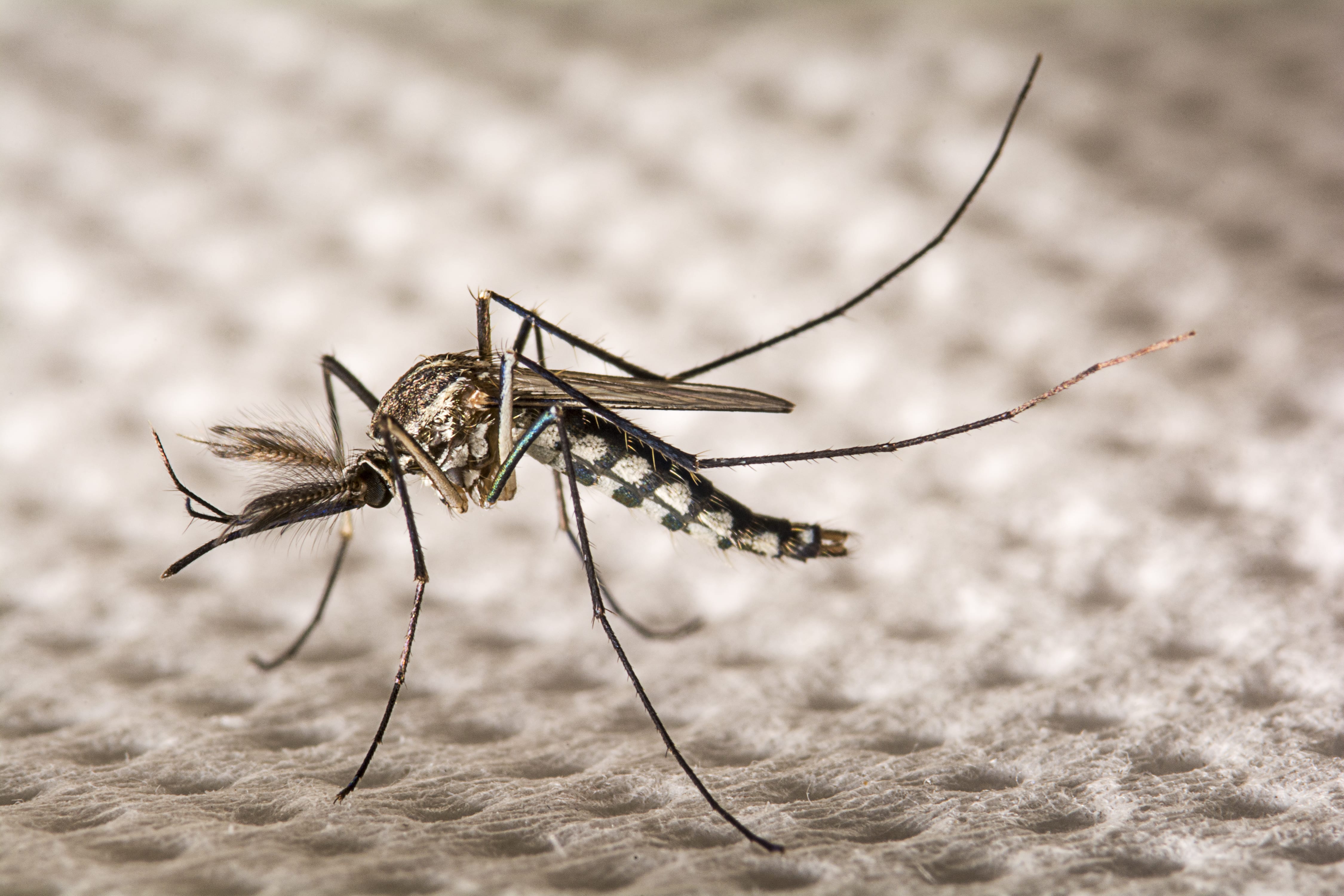VITÓRIA LAĺS DE SOUZA GOMES, a shy 14-year-old with long, dark hair, pulls aside cables hanging from a lamp post and climbs on a platform with a view over her neighbourhood, Complexo da Maré. With more than 130,000 residents, this sprawl of 16 favelas, or slums, is one of the largest and most densely packed parts of Rio de Janeiro, Brazil.
Vitória jumps down and leads me into a house. It is cramped, humid and hot. Vitória pushes past her mother, into the kitchen, and pulls out an empty margarine tub from a drawer—it is her mosquito breeding station.
The tub is home to Aedes aegypti, the species that transmits several viral infections, including dengue, chikungunya and Zika. Dengue is the fastest spreading viral disease on the planet, with a 30-fold rise in incidence over the past 50 years. About 390 million people get infected each year and tens of thousands of those die. Brazil is the worst affected country in the world, and Complexo da Maré, with its densely packed houses and poor sanitation, is particularly vulnerable to outbreaks.
Which begs the question as to why Vitória is encouraging the insects that can spread the disease to live in her home. But Vitória’s mosquitoes are different.
Read the complete New Scientist report below.








